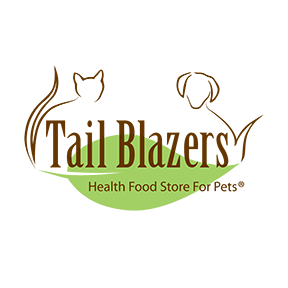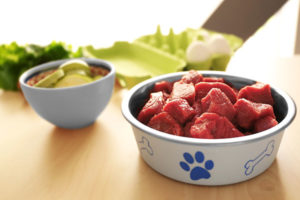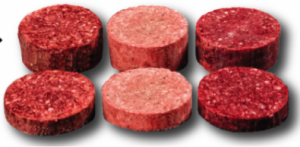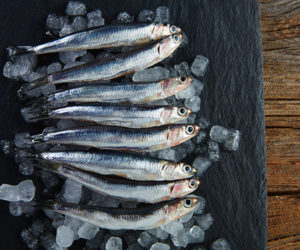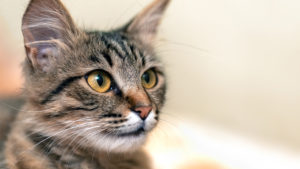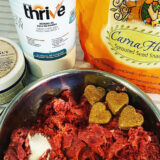Debunking Myths About Raw Food for Dogs and Cats
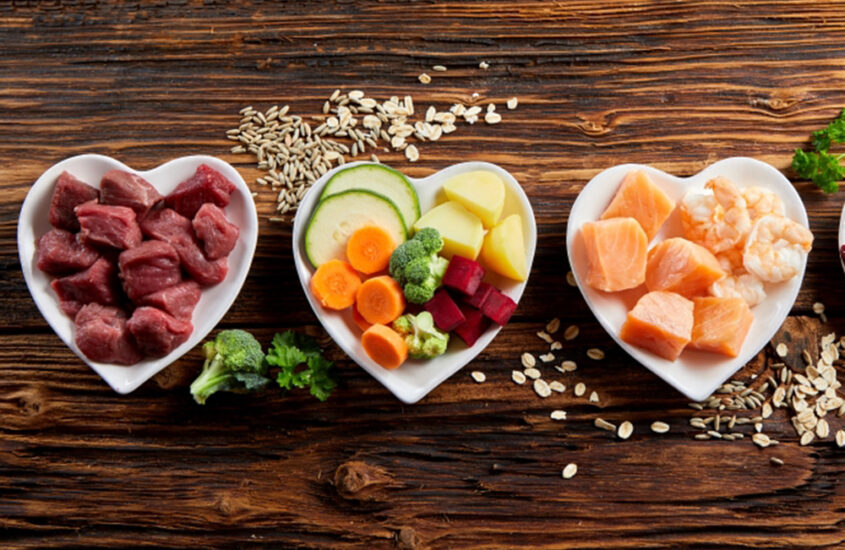
Rumors about raw food are rampant. Let’s set the facts straight by looking at five common falsehoods about feeding dogs and cats a raw diet.
Raw feeding isn’t new – but it’s still not widely understood. Many people remain wary about offering their dogs and cats a raw diet due to the volume of misleading information that’s been shared over the years. In this blog, we’ll debunk a few of the common myths about raw food for pets, and look at why this dietary option is actually one of the most nutritionally beneficial choices you can make for your fur babe!
Myth #1: Raw food is unsafe
There’s no getting around it – handling raw meat poses a risk. But chances are you handle it when cooking for your human family members, right? There’s really no difference when it comes to safe practices for handling raw pet food. Avoid using wooden cutting boards, dishes and utensils, and wash your hands thoroughly with soap and warm water after handling the meat. Many companies offer easy-to-open, pre-portioned packaging to make this process even more simple and safe.
Worried about your pet getting a food-borne illness? Fear not! Cats and dogs’ digestive systems are much shorter and more acidic than ours, meaning they’re designed to take on any bacteria that may be present in their food.
Myth #2: Raw feeding takes a lot of work
It’s true that feeding a raw diet to pets used to be quite complicated – it involved a lot of pre-planning, portioning and preparation. But nowadays, due to the steps companies are taking to pre-portion their raw meals and include the appropriate amounts of bone, organ and supplements, raw feeding has never been easier! If you opt for a frozen raw option, food for up to four days can be defrosted at the same time (stored in the fridge), so you don’t have to take food out of the freezer every day. Many products don’t require any additional prep – just thaw and serve the appropriate amount!
Myth #3: Raw food is unaffordable
As with any diet, the amount you spend will depend on the size of your pet! If you have a Chihuahua or a tabby cat, you’ll need to spend a lot less on pet food than someone who has three Great Danes. Pound for pound, raw is slightly more expensive than most kibbles or canned foods, but over the long-term, opting for a higher-quality diet will end up saving you money. Think about it: health starts with diet, so if you invest in a biologically appropriate food that helps your fur babe thrive, you’ll wind up spending way less on medication and vet bills down the road. An ounce of prevention is worth a pound of cure!
Myth #4: A raw diet for dogs consists of just raw meat
If you’ve never fed raw before, it’d be easy to assume that the diet consists of nothing but raw meat. But this isn’t actually the case! Proper raw diets for dogs and cats are made up of meat, bone, organ meats, vegetables, and supplements. All of these elements are needed in proper proportions to ensure your pet maintains their health.
Myth #5: You can’t feed both raw and kibble
It doesn’t have to be all or nothing! In fact, if you’re considering switching your pet to a raw diet, it’s best to make the transition slowly over a period of 1–2 weeks. When making the switch to raw, or if you choose to feed both over the long-term, feed raw in the morning and kibble in the evening, for example. This goes for both dogs and cats. Tip: supplementing your pet’s kibble-based diet with raw food is an affordable way to give his diet a boost!
To learn more about raw feeding for dogs and cats, visit tailblazerspets.com/tailblazers-learning-raw-food.
Written by Animal Wellness Magazine
